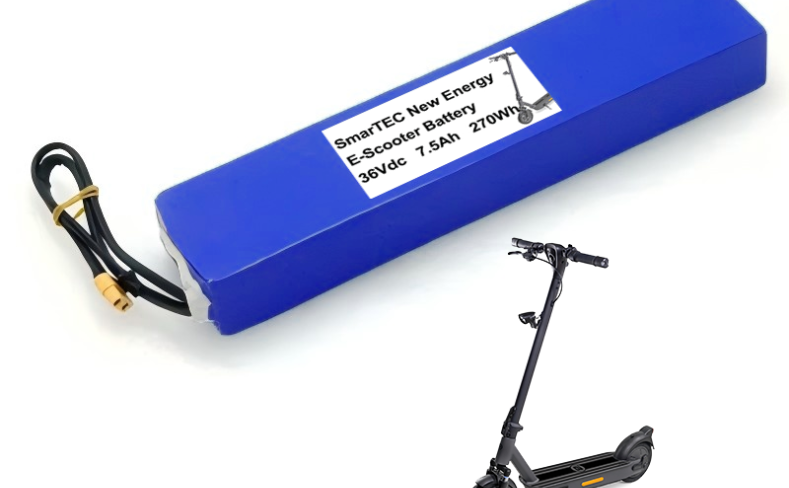Electric scooters have become an incredibly popular mode of transportation due to their convenience, eco-friendliness, and cost-efficiency. At the heart of every electric scooter is its battery, the component that powers the entire machine. Whether you’re a seasoned scooter rider or new to the electric scooter scene, understanding the battery is essential. Why? Because your scooter’s performance, range, and lifespan all depend heavily on it.
Let’s dive deep into the world of electric scooter batteries and learn everything you need to know to keep your scooter running at its best.
Types of Electric Scooter Batteries
Lithium-ion Batteries
Lithium-ion (Li-ion) batteries are the most commonly used type of battery in electric scooters. These batteries are popular due to their light weight, high energy density, and long life cycle. Lithium-ion batteries can provide a longer range compared to other types, making them ideal for daily commuters.
Lead-acid Batteries
Lead-acid batteries were once widely used but have become less common due to their heavy weight and shorter lifespan. They are more affordable than lithium-ion batteries but do not offer the same level of performance. Despite this, they can still be found in some budget electric scooters.
Battery Capacity and Range
When it comes to electric scooters, understanding battery capacity is key to knowing how far you can travel. Battery capacity is usually measured in amp hours (Ah) or watt hours (Wh). The larger the capacity, the farther your scooter can go on a single charge.
For instance, a battery with a capacity of 10Ah may allow you to travel 15-20 miles depending on factors such as rider weight, terrain, and speed. Want to go farther? You’ll need a scooter with a higher-capacity battery or a backup battery for longer rides.
Ways to Improve Battery Life
Avoid Full Drains: Don’t let the battery drain completely before recharging.
Charge Regularly: Even if you haven’t used the scooter in a while, keeping the battery charged maintains its longevity.
Store Properly: Keep your battery in a cool, dry place when not in use to avoid damage.
How to Choose the Right Battery
When replacing your battery, make sure you choose one compatible with your scooter’s specifications. Check the voltage, capacity, and size to ensure the new battery fits perfectly.

